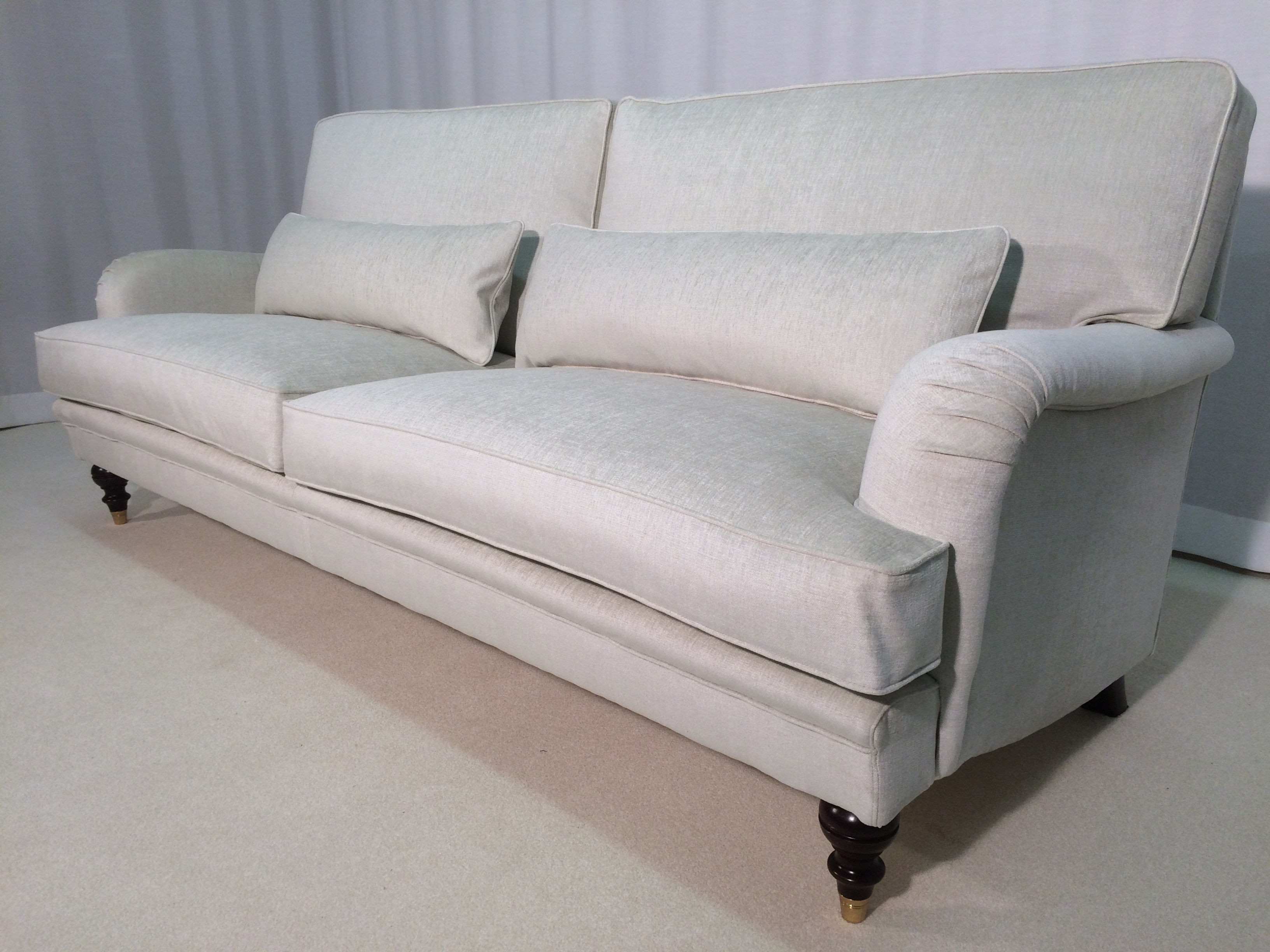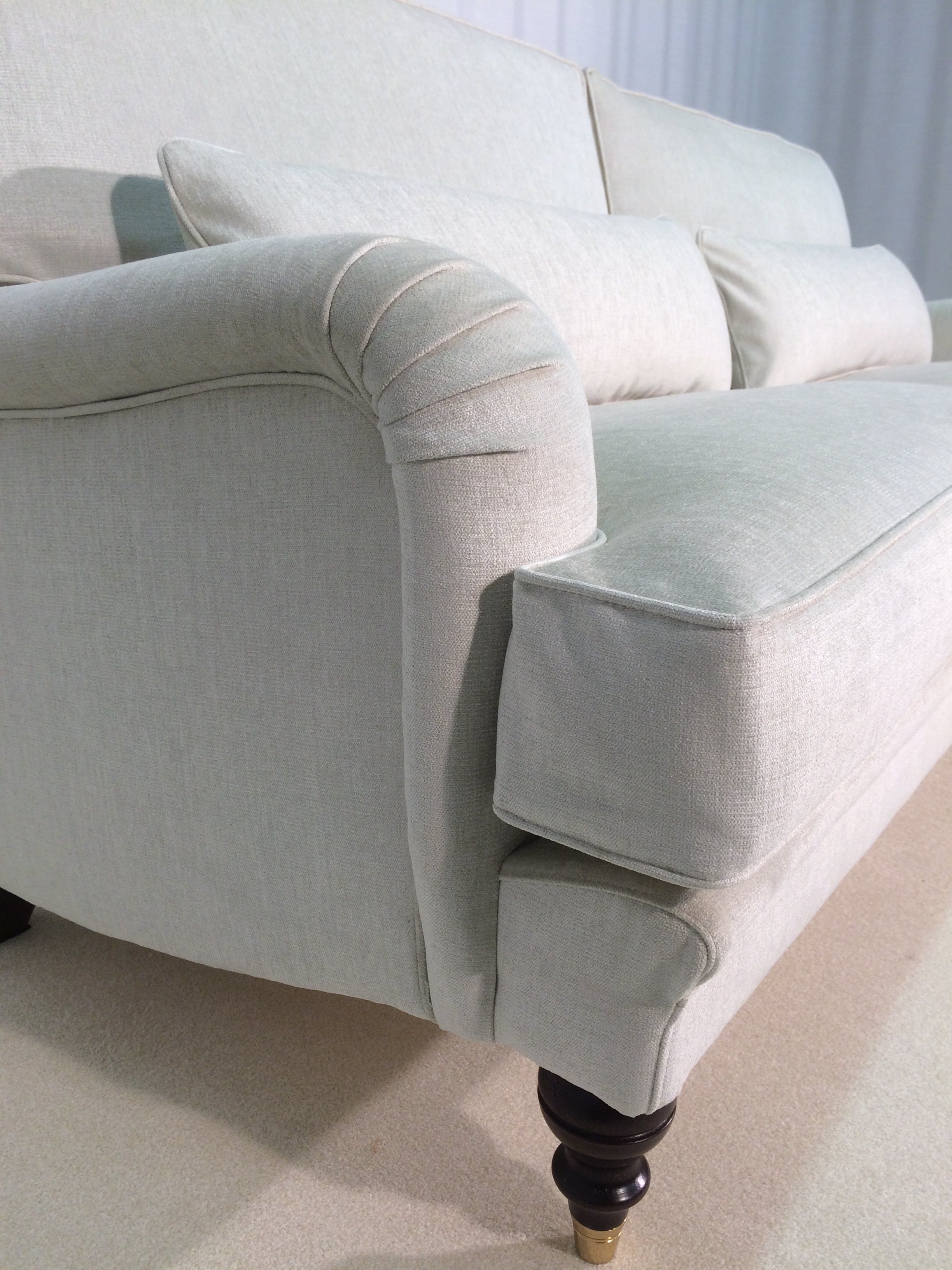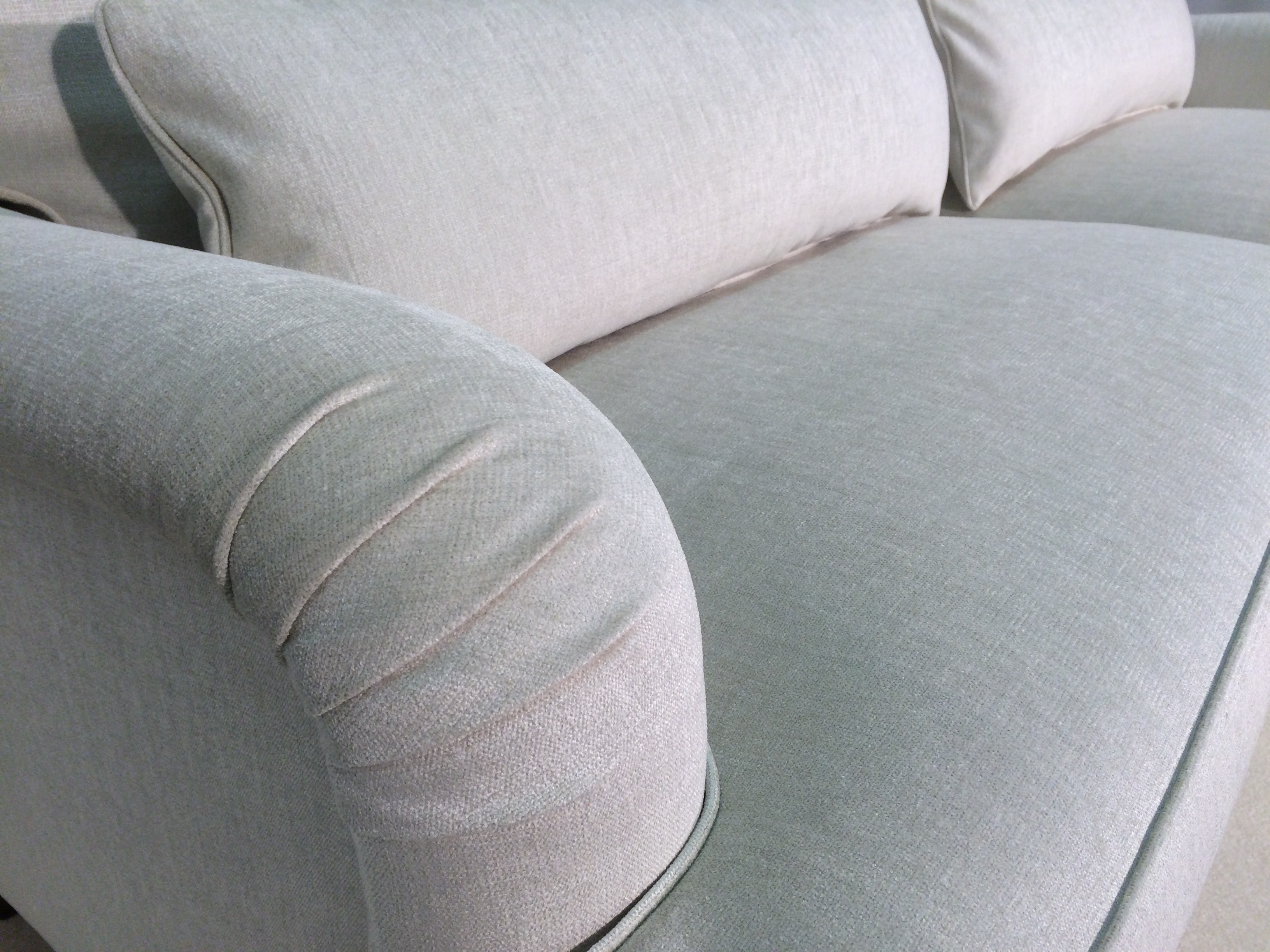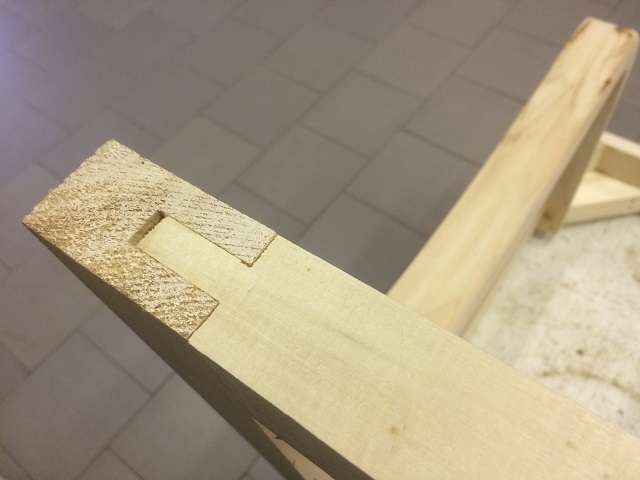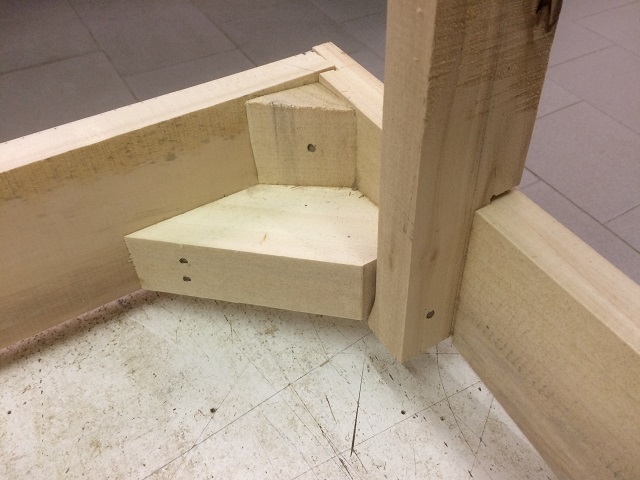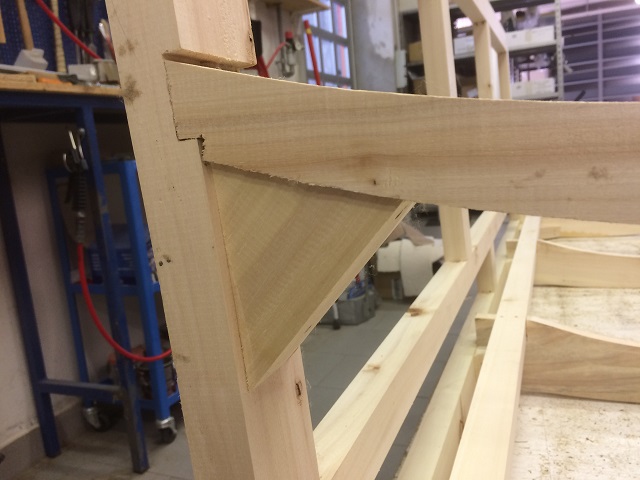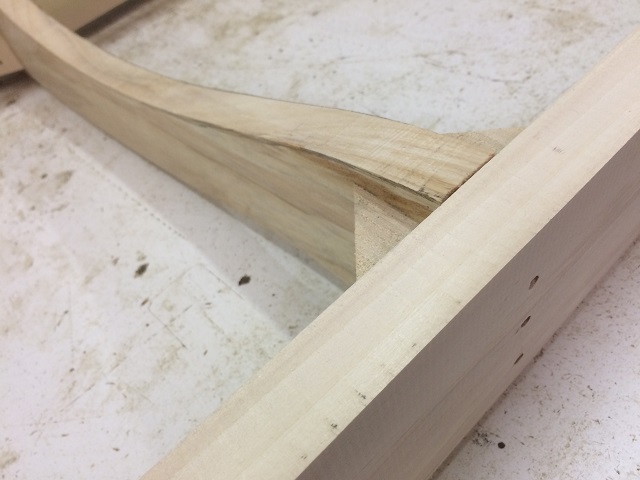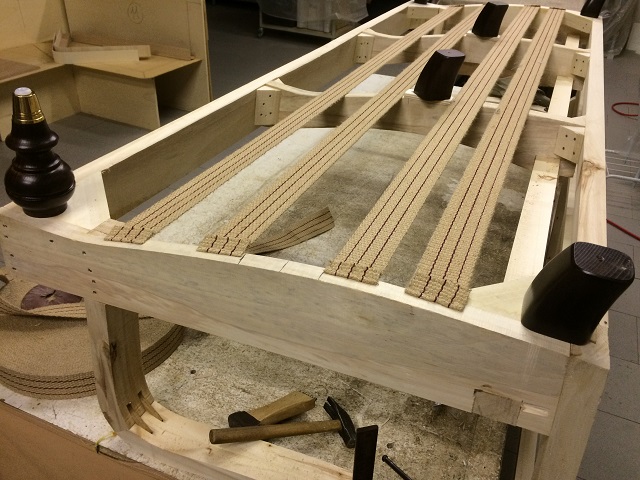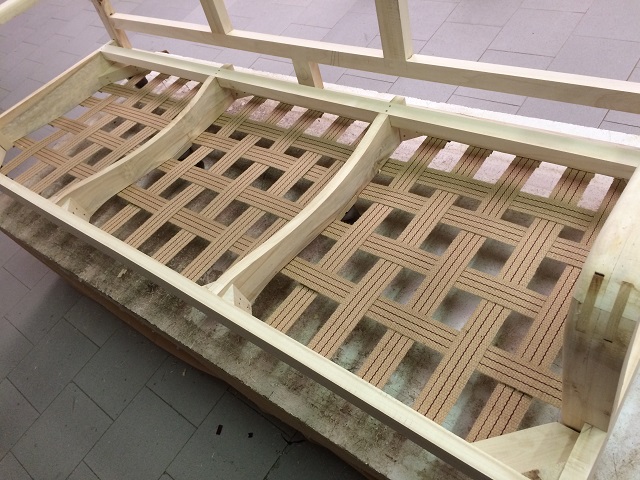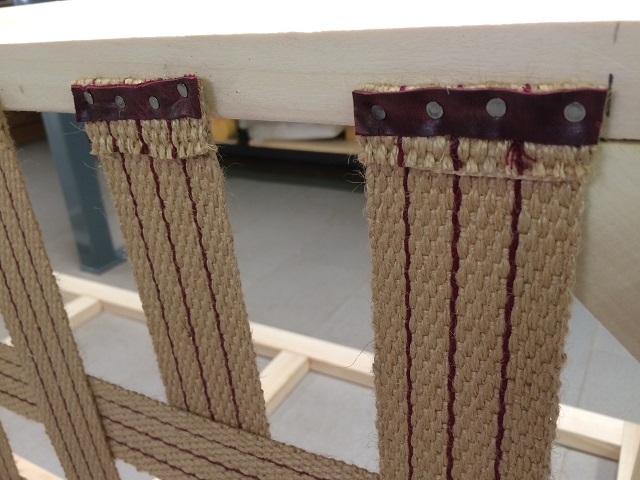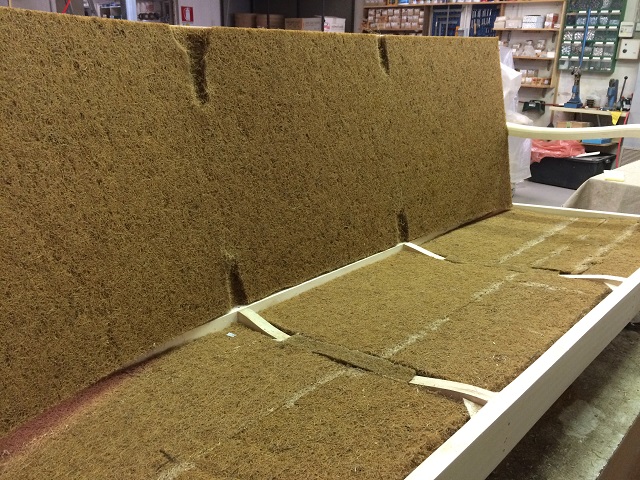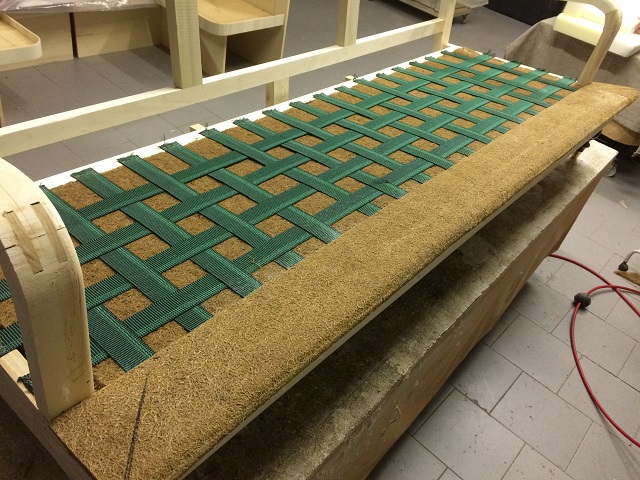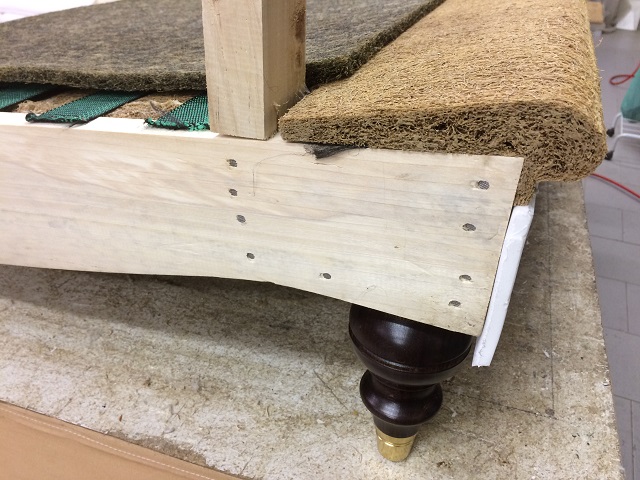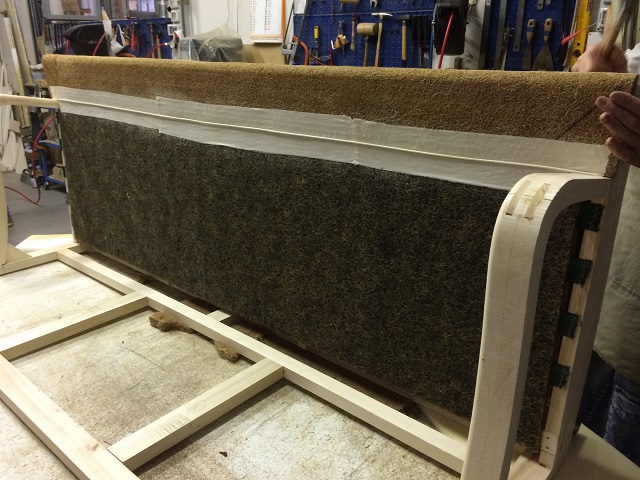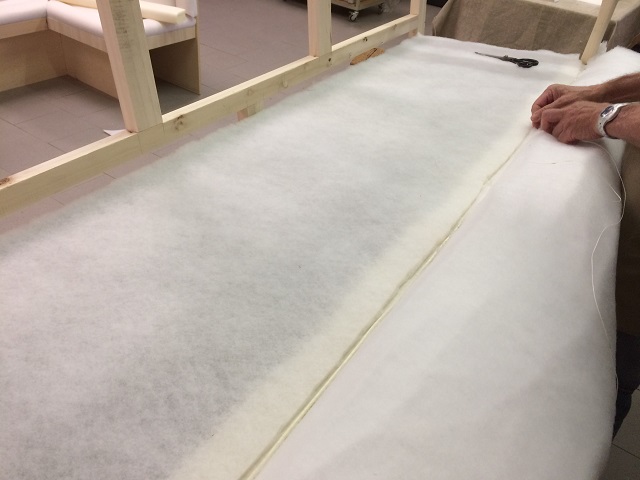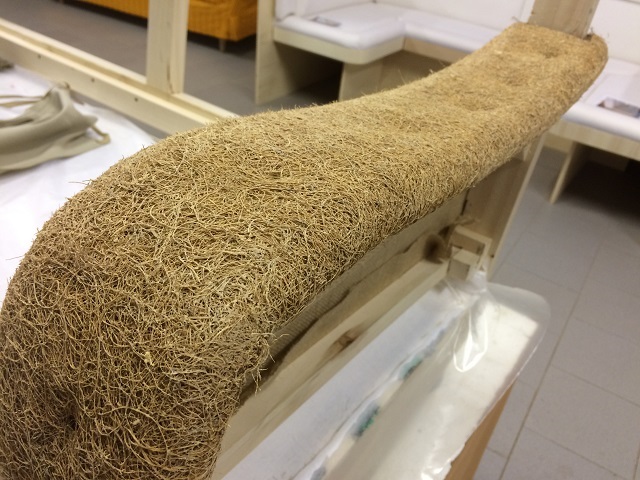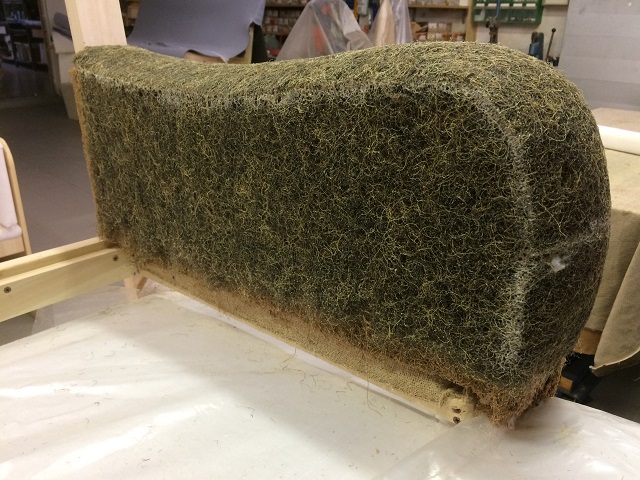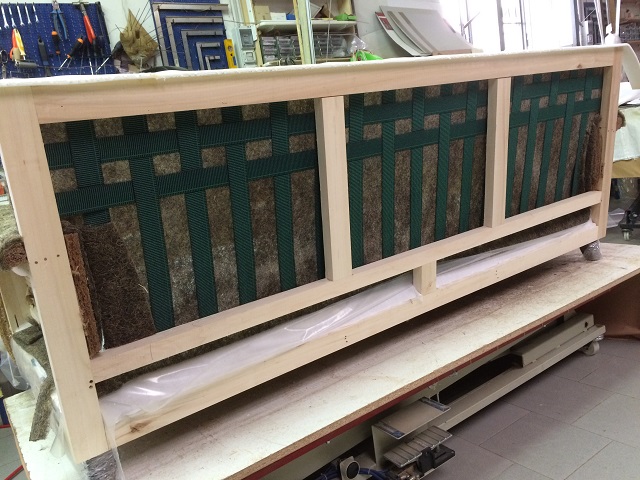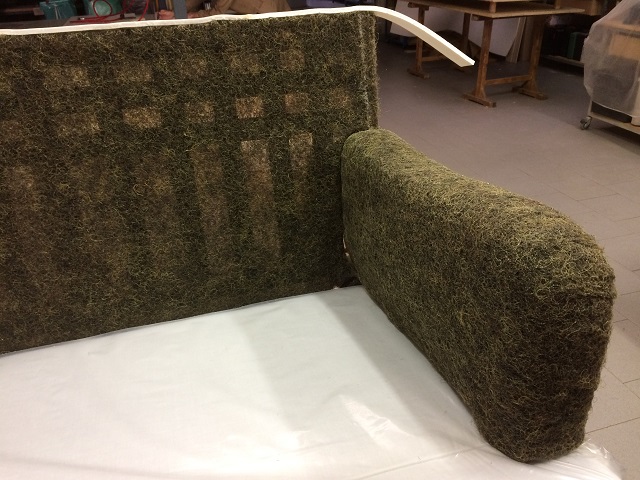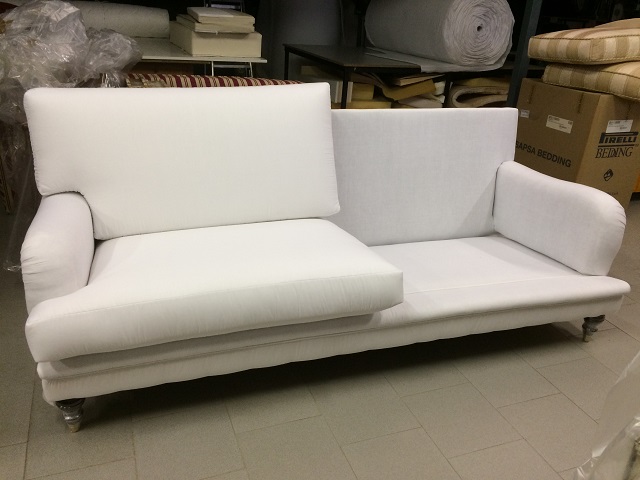
Mod. HOWARD
High quality structure made in solid poplar.
Feet chosen by the Customer (model, height, material, finish).
Padding for the structure with seat part made of a double layer of belts, rigid at the bottom and elastic on top; rubberized coconut fiber, rubberized horsehair and nautical foam (without any use of "sponge rubber"). Surface finish in polyester fiber lining and cover of the padding with cotton fabric.
Padding for seat and back cushions chosen by the Customer (polyurethane foam, goose feather, goose feather with removable insert in polyurethane foam, fiberfill, fiberfill with removable insert in polyurethane foam).
Nailed cover (non-removable for the structure, removable for seat and back cushions) with details chosen by the Customer (piping, trimmings, etc.).
Dimensions changeable by the Customer (width, depth, total height, seat height, backrest cushions height).
Technical details:
High quality solid poplar structure built with "mortise-tenon" joints and strong reinforcing corners:
Construction of the wooden structure with "mortise-tenon" joints:
Sturdy reinforcing corners on the main stressed parts:
Sections of solid wood at least 3 cm. thick:
Bottom layer of rigid jute belts:
Filling made entirely of rubberized coconut fiber:
The rubberized coconut is a material obtained from the fiber of coconut shell combined with natural latex. The coconut fiber is particularly resistant and does not deteriorate over time, even over decades; its structure allows optimum ventilation and breathability counteracting the accumulation of moisture and dust. In fact, the rubberized coconut is generally used in the production of mattresses, in particular for the nautical sector where the coconut fiber allows the ventilation of the mattress also when in contact with wooden panels that would otherwise create mold on the bottom of the mattress. The natural latex of which the coconut fiber is sprinkled serves to give elasticity and bind the material in a single body, which in fact comes in the form of slabs of various thicknesses:
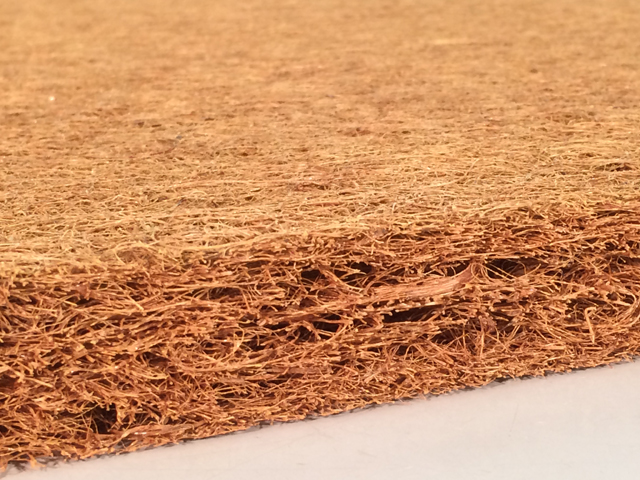
Top layer of elastic belts:
The construction of sittings with a lower layer of rigid jute belts, filling entirely made of rubberized coconut fiber and an upper layer of elastic belts, is a specialty and characteristic of our productions. This new system is inspired by the principle of ancient sittings, made of knotted springs and hand-stitched horsehair, but updating it with simplified techniques that anyway guarantee, or perhaps even increase, the durability of the padding and keep it clean, avoiding the accumulation of dust inside the padding (which instead takes place in old vegetal or horsehair padding).
Frontal reinforcement for the seat in rubberized coconut fiber:
Surface layer for the seat in rubberized horsehair:
The rubberized horsehair is a material obtained from horse (and other equines) mane and tail combined with natural latex. The horsehair is a very fine material which was used for padding, of both seats and beds, since ancient times. It's a material that never deteriorates over time as shown by the ancient paddings of the XIX and XVIII centuries that reached our age in the original condition. As for the rubberized coconut, also the structure of the rubberized horsehair allows optimum ventilation and breathability counteracting the accumulation of moisture and dust. Compared to coconut fiber, horsehair is more elastic and soft and it's for these reasons that we use it for the surface layers of the padding. The natural latex of which the horsehair is sprinkled serves to give further elasticity and bind the material in a single body, which in fact comes in the form of slabs of various thicknesses:
Surface finish in polyester fiber lining:
Armrests padding also made of rubberized coconut:
Surface layer of armrests padding in rubberized horsehair:
Elastic belts and rubberized horsehair also for the padding of the backrest:
External parts of the padding made of nautical foam (closed-cell expanded polyethylene foam):
The nautical foam (closed-cell expanded polyethylene foam) has a high density and therefore does not deform. It does not deteriorate over time, even over decades. It is usually used for outdoor cushions of boats, thus constantly exposed to the sun and water, because of its impermeability and resistance to mold and oxidation:
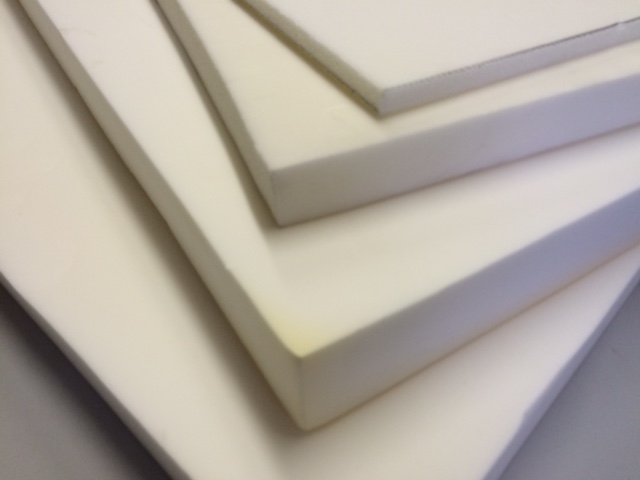
All padding of the structure is manufactured without using anywhere the most common (and also cheaper) flexible polyurethane foam, also known by the term "sponge rubber". The flexible polyurethane foam, in fact, has the disadvantage of oxidizing in the long term (20-30 years) presenting the typical "chalking" (yellow powder) and to issue rubber smell after a few years old, especially if the product is placed in humid and little ventilated areas. The rubberized coconut and horsehair and the nautical foam, instead, do not have these defects and even over 20-30 years of use they remain totally intact and odorless.
Cover of the padding with cotton fabric (before the final cover in fabric or other material):
The fabric covers of seat and back cushions are easily removable thanks to large zips. The instructions for their washing are sewn directly on each cover.
Each item is cataloged and identified by a reference number, which characterizes it as a unique piece.
For every single item we manufacture we always make an extra “sample cover” which is archived by us. So, even after many years and also for fully customized versions, we can always arrange new covers (if it is not possible to bring back the sofa to our factory, the works of un-nailing the old fabric and nailing down the new fabric, sewn and pre-arranged by us, can be easily done by any local upholsterer).




